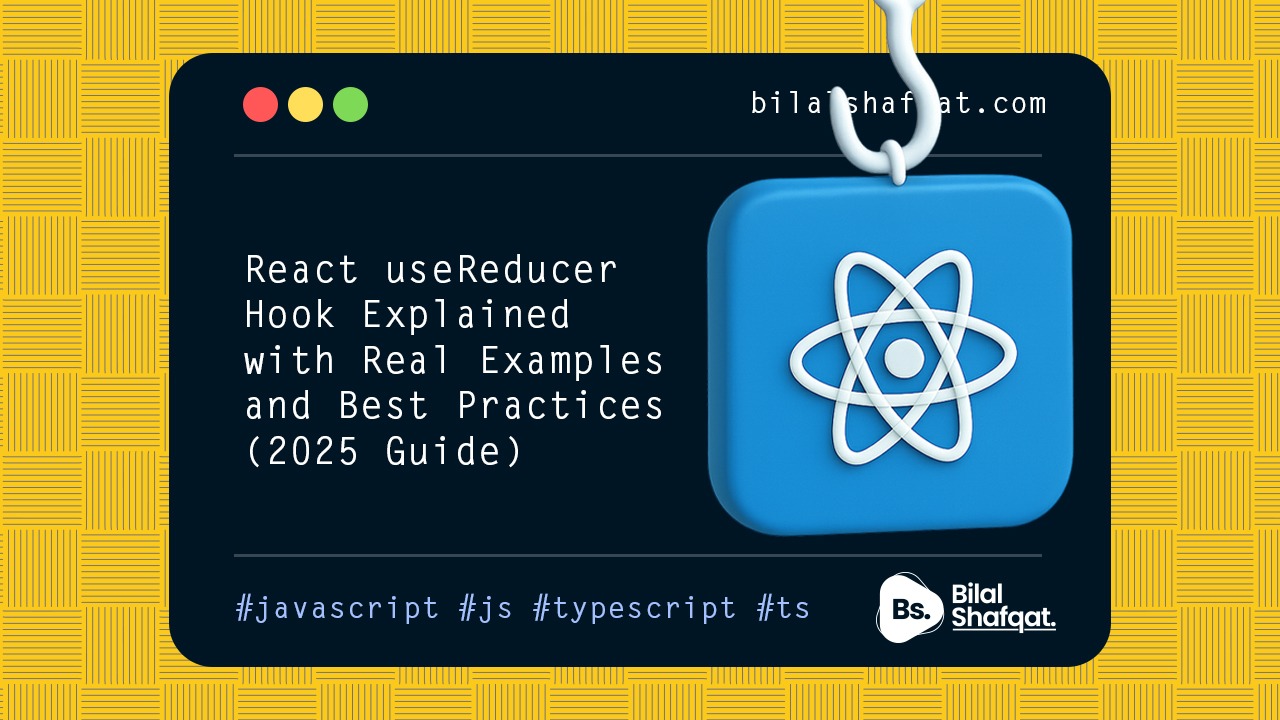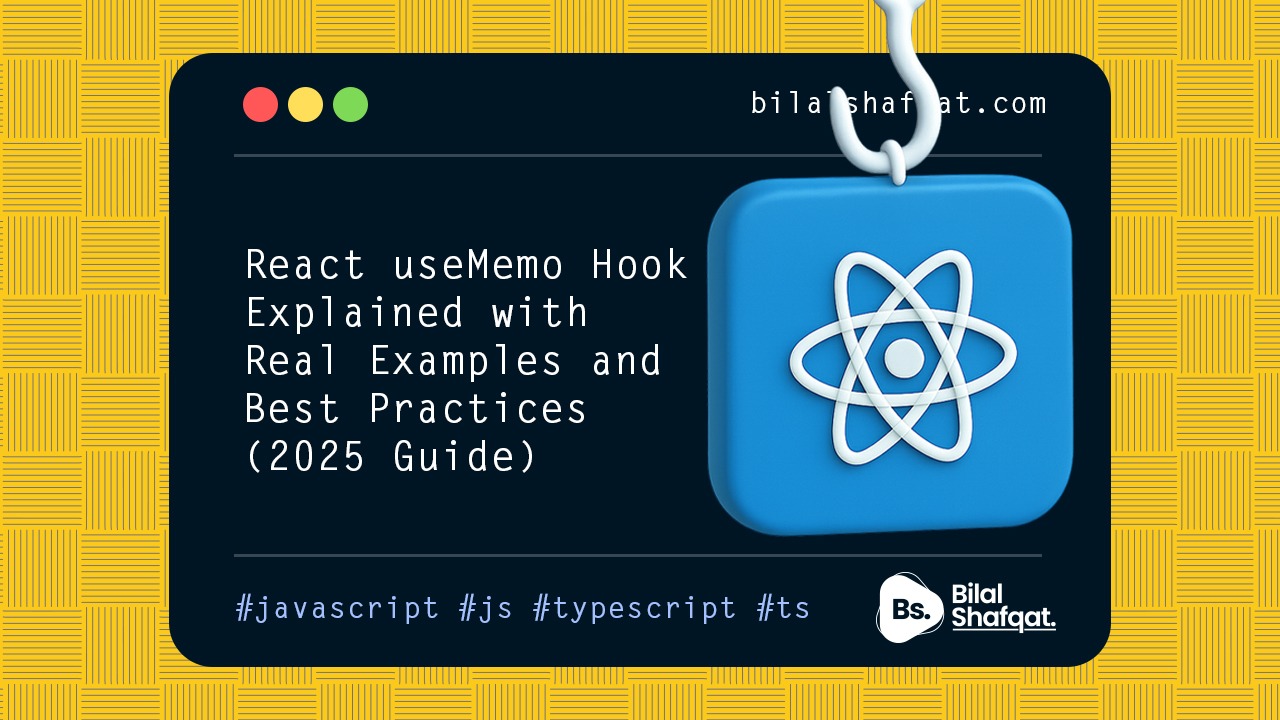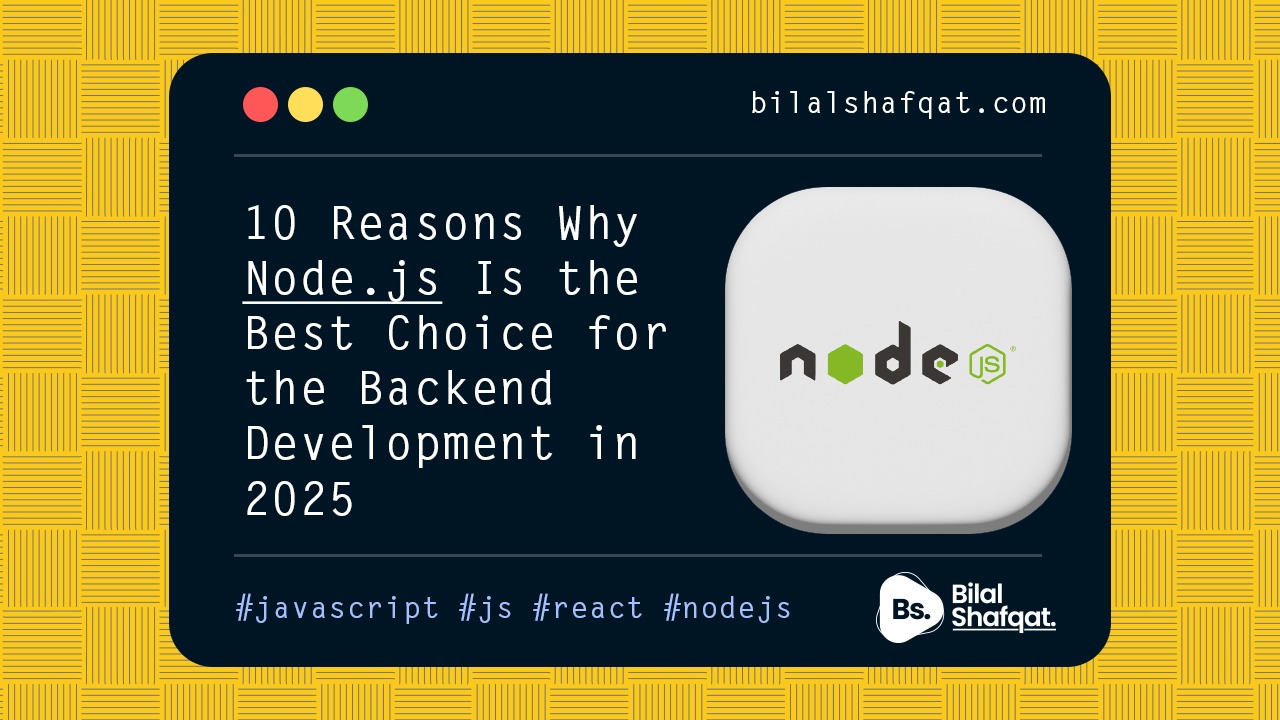
10 Reasons Why Node.js Is the Best Choice for Backend Development in 2025
- bilalshafqat42
- June 10, 2025
- Node JS, Es6, Javascript
- 0 Comments
🚀 Introduction: Why Node.js Matters in 2025

If you’re building fast, scalable, and modern web applications, Node.js should be at the top of your backend technology list in 2025. Used by tech giants like Netflix, Uber, PayPal, and LinkedIn, Node.js has proven to be an industry standard for high-performance web applications.
🔧 What Is Node.js?
Node.js is a JavaScript runtime environment that allows developers to run JavaScript code on the server side. Built on the Chrome V8 engine, it compiles JavaScript into machine code, making it fast and efficient.
- Asynchronous, non-blocking I/O
- Full-stack JavaScript capabilities
- Real-time and microservice support
- Largest package ecosystem via npm
⚡ Node.js Performance: Powered by V8
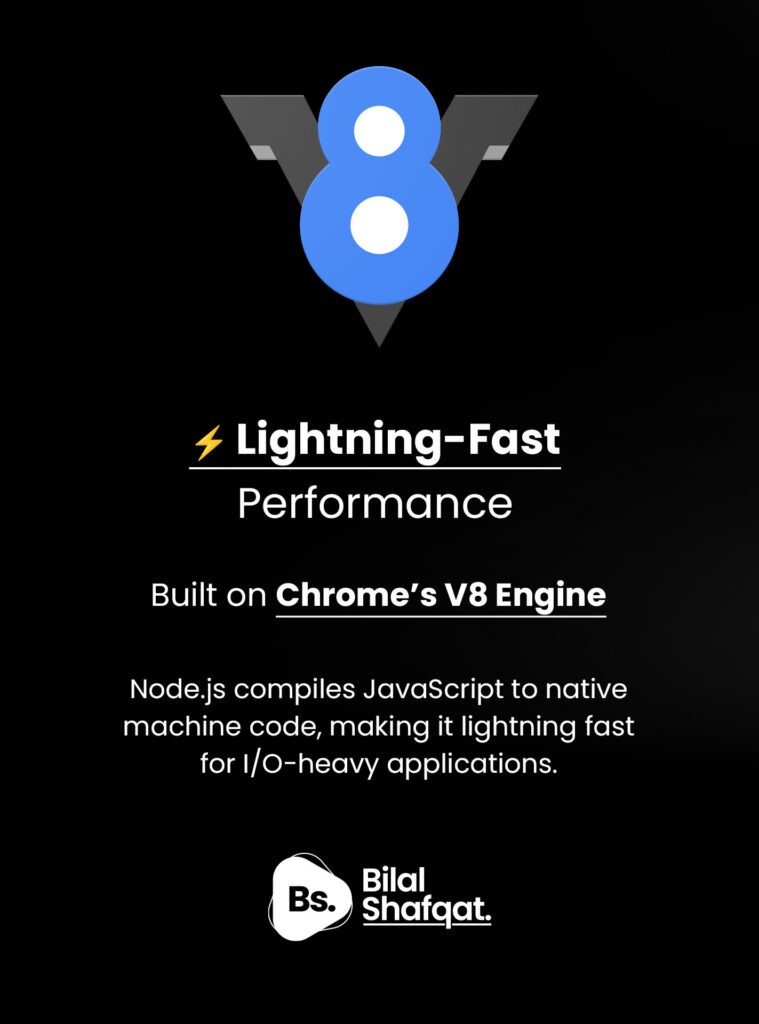
Thanks to the Google V8 engine, Node.js offers incredible speed. JavaScript is compiled directly into optimized machine code, enabling high performance for I/O-heavy tasks like APIs and real-time apps.
🔁 Asynchronous & Non-Blocking Architecture

Node.js handles concurrent operations with a single-threaded, event-driven model, which improves performance under load. It’s ideal for building fast and scalable backend systems.
🌐 Full-Stack JavaScript with Node.js

Using Node.js, developers can write both frontend and backend code in JavaScript. This simplifies development, improves consistency, and speeds up project timelines.
📦 The npm Ecosystem: Millions of Packages
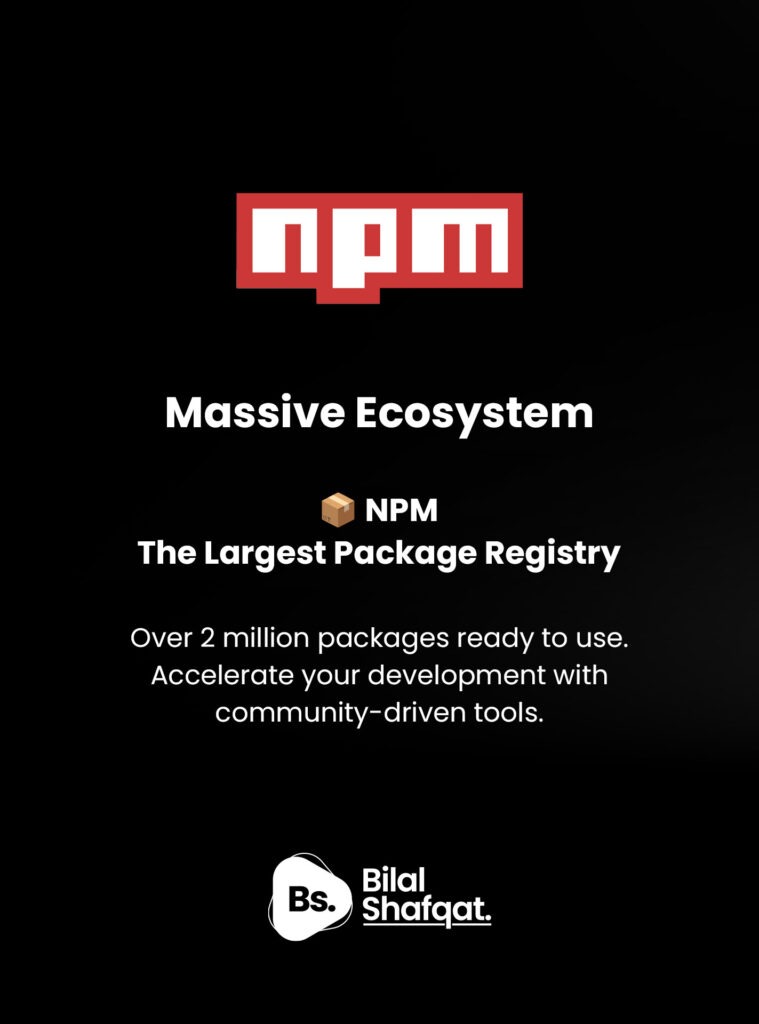
The npm registry provides over 2.5 million packages to boost development speed. Whether it’s authentication, routing, or database integration — there’s a module for it.
🕒 Real-Time Applications with Node.js

Node.js is built for real-time communication. Tools like Socket.io make it easy to develop chat apps, dashboards, or online games that rely on WebSockets and live data streams.
🧱 Scalable Microservices Architecture
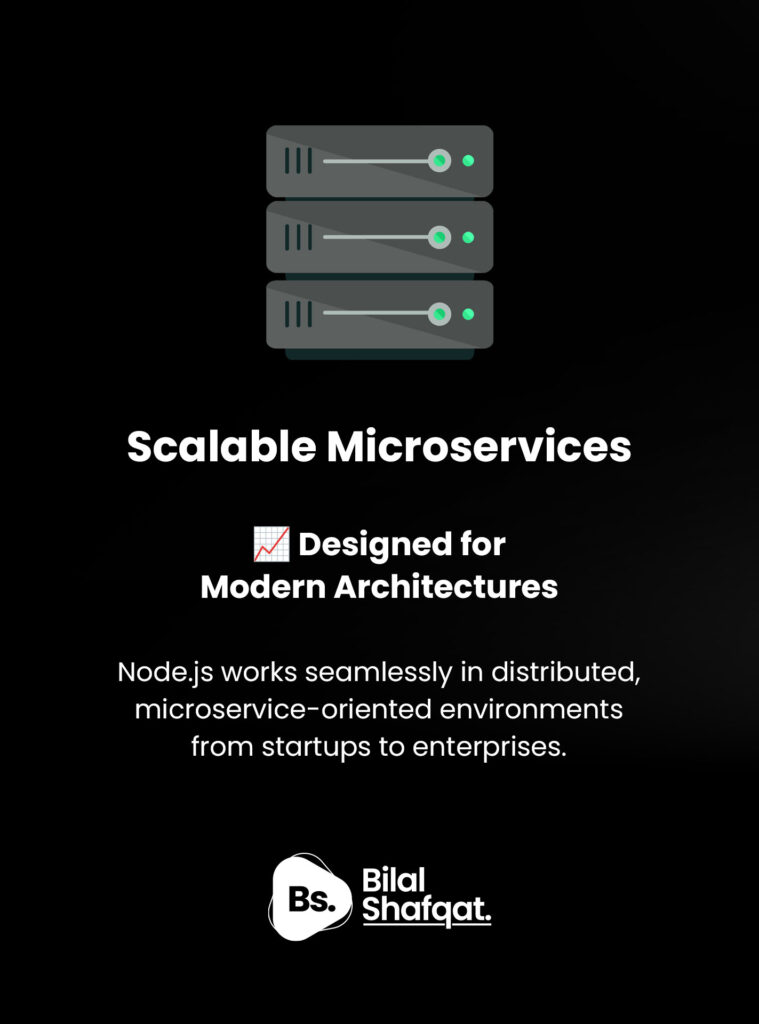
Node.js excels in microservice architectures. Lightweight and fast, it works well with Docker, Kubernetes, and serverless platforms like AWS Lambda or Vercel.
🏢 Companies That Use Node.js

- Netflix: Cut app startup time by 70%
- PayPal: Reduced response time by 35%
- Uber: Real-time driver-rider matching
- LinkedIn: Migrated backend to Node.js for scalability
🔐 Security & Optimization Best Practices
- Use HTTPS and secure headers (e.g., Helmet)
- Validate user input (e.g., Joi, Zod)
- Audit dependencies using
npm audit - Use PM2 or Cluster for multi-core CPU utilization
- Implement logging with Winston or Sentry
📅 Node.js Releases & LTS Support
As of 2025:
- Node.js v24.x – Current version
- Node.js v22.x “Jod” – Active LTS (Long-Term Support) version
🧪 Getting Started with Node.js
- Install Node.js from nodejs.org
- Initialize a project with
npm init - Use Express.js to build your server
- Explore npm modules
- Deploy on platforms like Heroku, Vercel, or AWS
🟩 Conclusion: Node.js Is Future-Ready
Node.js empowers developers to build high-performance, scalable, and real-time applications. Its unified language model, performance advantages, and community support make it a top choice for backend development in 2025 and beyond.
Have you built something with Node.js? Drop a comment below and share your experience!
❓ Frequently Asked Questions (FAQ)
What is Node.js used for?
Node.js is used for backend development, real-time applications, APIs, and microservices. It allows developers to write scalable and fast server-side code using JavaScript.
Is Node.js good for building scalable apps?
Yes, Node.js is highly scalable due to its non-blocking architecture, event loop, and ability to handle thousands of concurrent requests with minimal resources.
Which companies use Node.js?
Major companies like Netflix, Uber, PayPal, and LinkedIn use Node.js for high-performance backend systems and real-time features.
What are the benefits of full-stack JavaScript with Node.js?
Full-stack JavaScript allows teams to use a single language (JavaScript) on both frontend and backend, reducing complexity and speeding up development.



